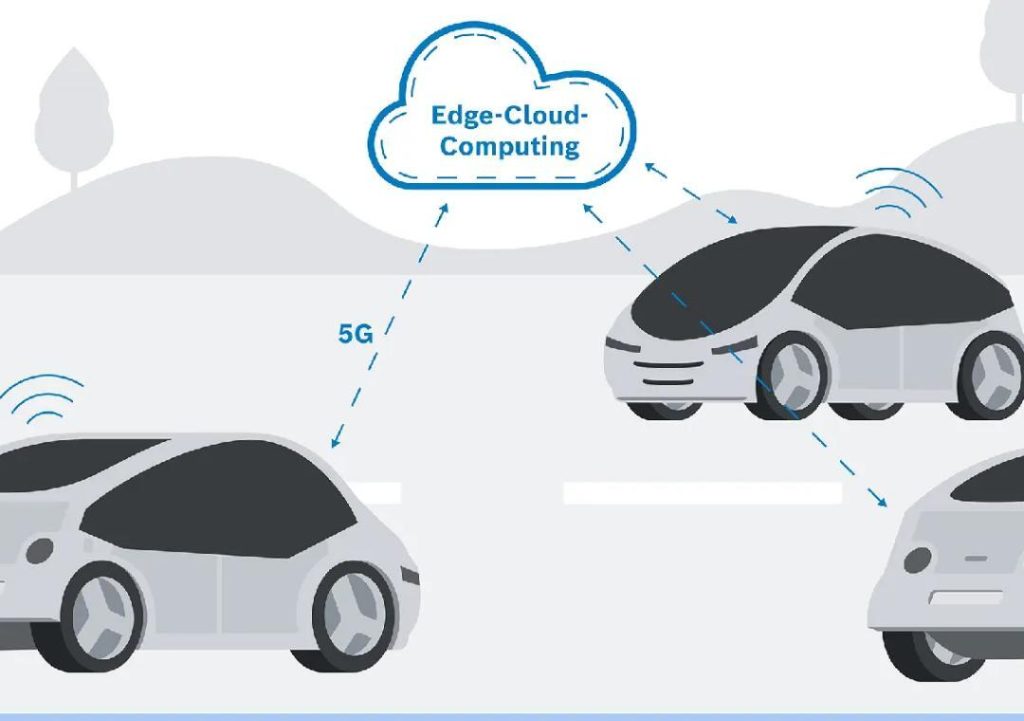
How Does Edge Computing Power Connected Cars?
The connected car revolution has been a game-changer in the automotive industry, offering a range of innovative features and services that enhance the driving experience. At the heart of this revolution is edge computing, a technology that brings data processing closer to vehicles, reducing latency and bandwidth use. In this blog post, we’ll explore how edge computing powers connected cars, enabling real-time features that improve safety, convenience, and overall driving experience.
The Challenges of Cloud Computing in Connected Cars
Traditionally, connected cars relied on cloud computing to process and analyze data. While cloud computing is ideal for applications that require vast amounts of data and complex processing, it’s not well-suited for the real-time demands of connected cars. Cloud computing introduces latency, which can be critical in applications where split-second decision-making is essential. Additionally, relying on cloud computing for data processing can lead to increased bandwidth usage, which can be costly and may not be feasible for vehicles that require constant connectivity.
The Role of Edge Computing in Connected Cars
Edge computing changes the game by bringing data processing closer to the vehicle. Edge computing is a distributed computing model that allows data processing to occur at the edge of a network, i.e., in the vehicle or at a nearby location. This approach reduces latency and bandwidth usage, making it ideal for connected cars.
In edge computing, data from various sources, such as sensors, cameras, and GPS, is processed and analyzed in real-time using edge devices, such as gateways, routers, or microcontrollers. This processing occurs locally, eliminating the need for data to be transmitted to a distant cloud server and back to the vehicle. Edge computing enables real-time processing, which is critical for applications that require fast responses, such as hazard alerts and infotainment updates.
Real-Time Features Enabled by Edge Computing
Edge computing enables a range of real-time features that enhance the driving experience. Some of the key benefits include:
- Hazard Alerts: Edge computing can analyze data from sensors and cameras to detect potential hazards, such as pedestrians, animals, or other vehicles, and alert the driver in real-time. This feature can help prevent accidents and reduce the risk of injury or damage.
- Infotainment Updates: Edge computing enables real-time infotainment updates, including news, traffic updates, and weather forecasts. This feature keeps drivers informed and entertained, making their commute more enjoyable.
- Smarter Traffic Routing: Edge computing can analyze traffic patterns and provide real-time routing suggestions, helping drivers avoid congested roads and reduce travel time.
- Predictive Maintenance: Edge computing can analyze data from sensors and maintenance records to predict when maintenance is required, reducing downtime and improving overall vehicle reliability.
- Improved Safety: Edge computing enables real-time monitoring of vehicle systems, allowing for faster response times in the event of a breakdown or malfunction.
Benefits of Edge Computing in Connected Cars
The benefits of edge computing in connected cars are numerous. Some of the key advantages include:
- Reduced Latency: Edge computing reduces latency, enabling faster response times and more accurate decision-making.
- Increased Bandwidth Efficiency: Edge computing reduces bandwidth usage, making it more cost-effective and feasible for vehicles that require constant connectivity.
- Improved Security: Edge computing reduces the risk of data breaches and cyber attacks, as sensitive data is processed and analyzed locally.
- Enhanced User Experience: Edge computing enables real-time features that enhance the driving experience, making it more enjoyable and convenient.
Conclusion
Edge computing is revolutionizing the connected car industry, enabling real-time features that improve safety, convenience, and overall driving experience. By bringing data processing closer to vehicles, edge computing reduces latency and bandwidth usage, making it an ideal solution for connected cars. As the demand for connected cars continues to grow, edge computing is set to play a critical role in shaping the future of the automotive industry.
News Source:
https://www.growthjockey.com/blogs/edge-computing-and-cloud-to-car-revolution






